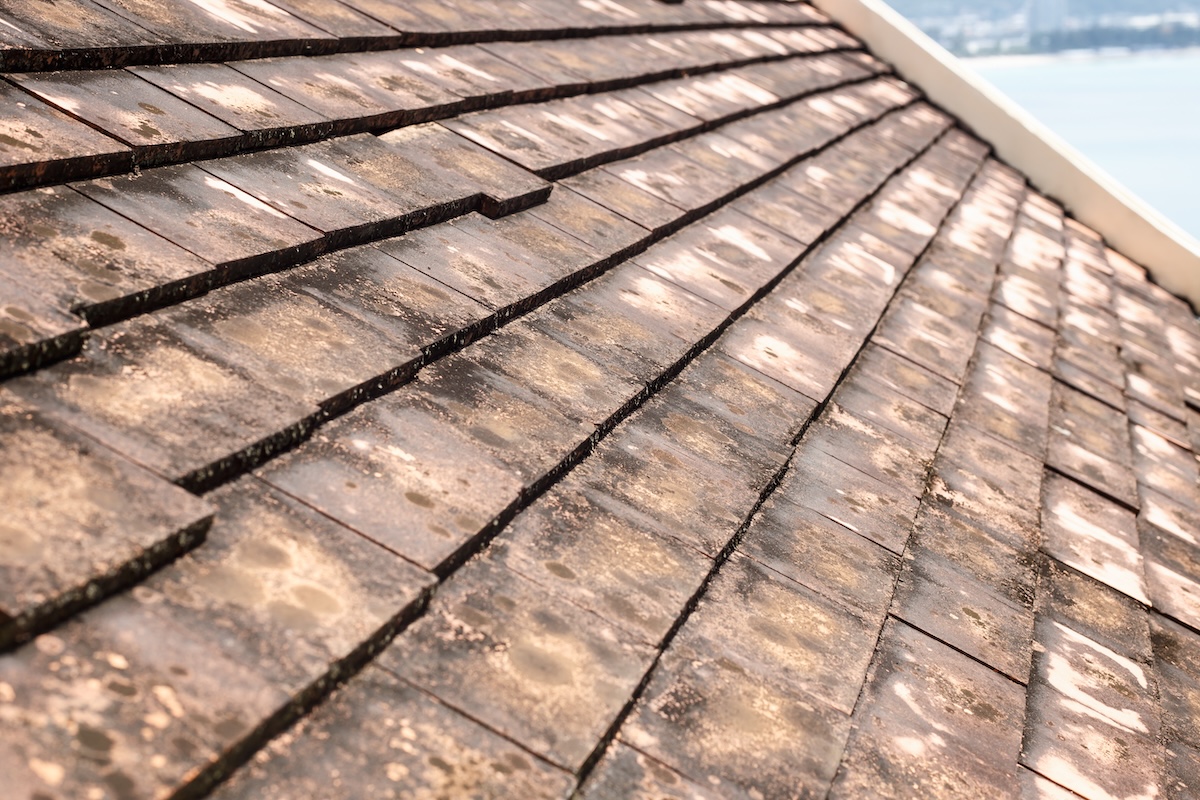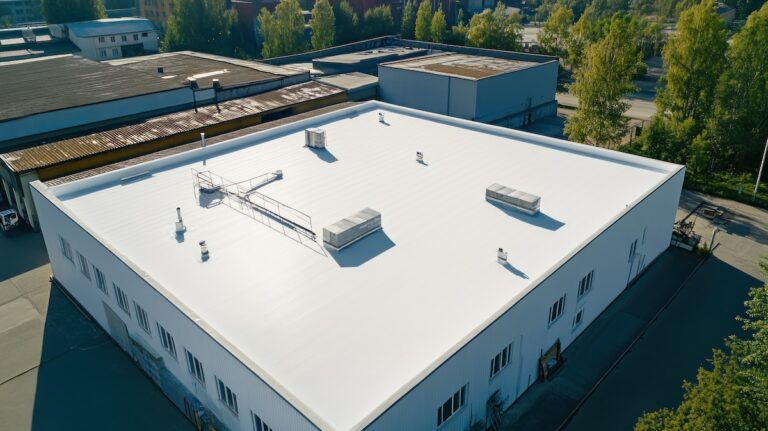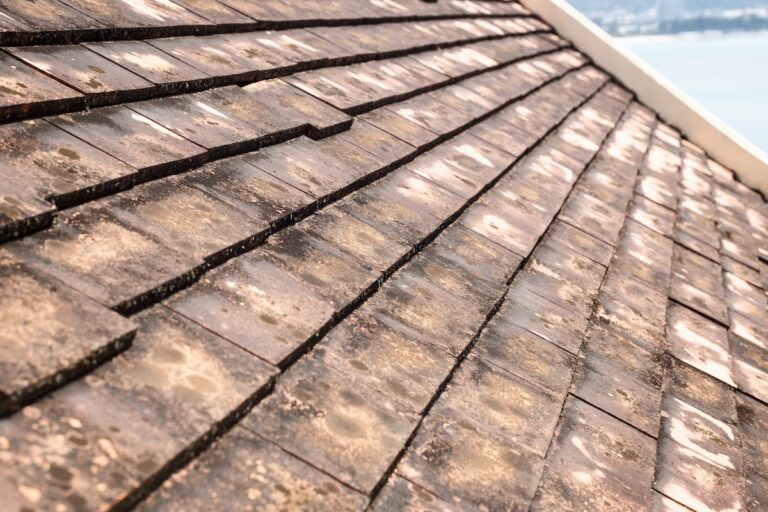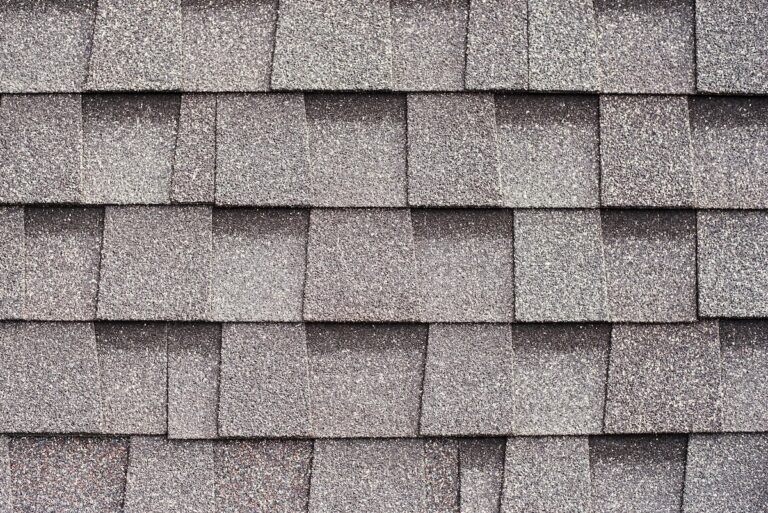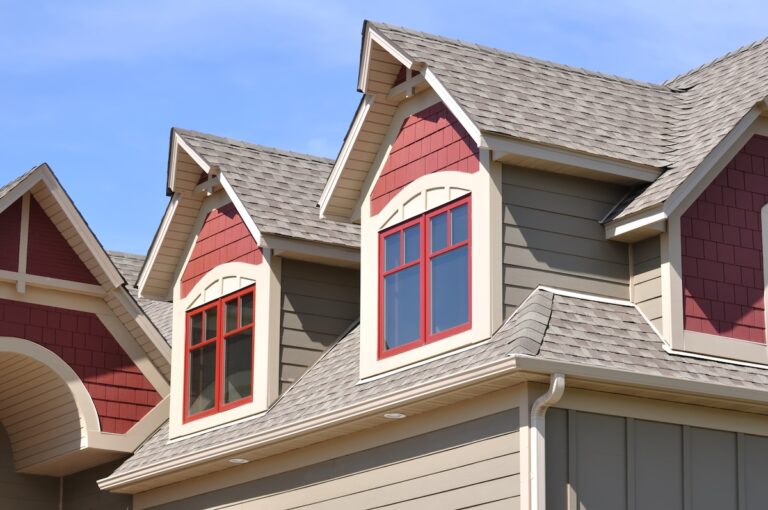Many homeowners eventually ask themselves what causes mold on roof shingles, especially when dark streaks or patches begin to appear on their roof. Mold not only affects the appearance of your home but can also weaken shingles, shorten your roof’s lifespan, and impact your home’s air quality if left unchecked. Understanding the root causes of mold growth and knowing how to inspect for it are essential steps in protecting your roof.
- Appearance issues: Mold creates unsightly stains and streaks that reduce curb appeal.
- Roof damage: Over time, mold can weaken shingles and compromise roof integrity.
- Health concerns: Mold spores may affect indoor air quality if not addressed promptly.
Why Mold Forms on Roof Shingles
Mold thrives in damp, shaded, and humid environments. Roofs in Glenside and surrounding areas are often exposed to moisture from rain, snow, and humidity, making them vulnerable to mold growth. Unlike algae, which typically appears as greenish streaks, mold is often black or dark brown and spreads more aggressively.
When moisture lingers on shingles, it creates the perfect breeding ground. Combined with organic debris like leaves or pollen, mold finds the food source it needs to thrive. That’s why mold is most common on roofs shaded by trees or lacking proper ventilation.
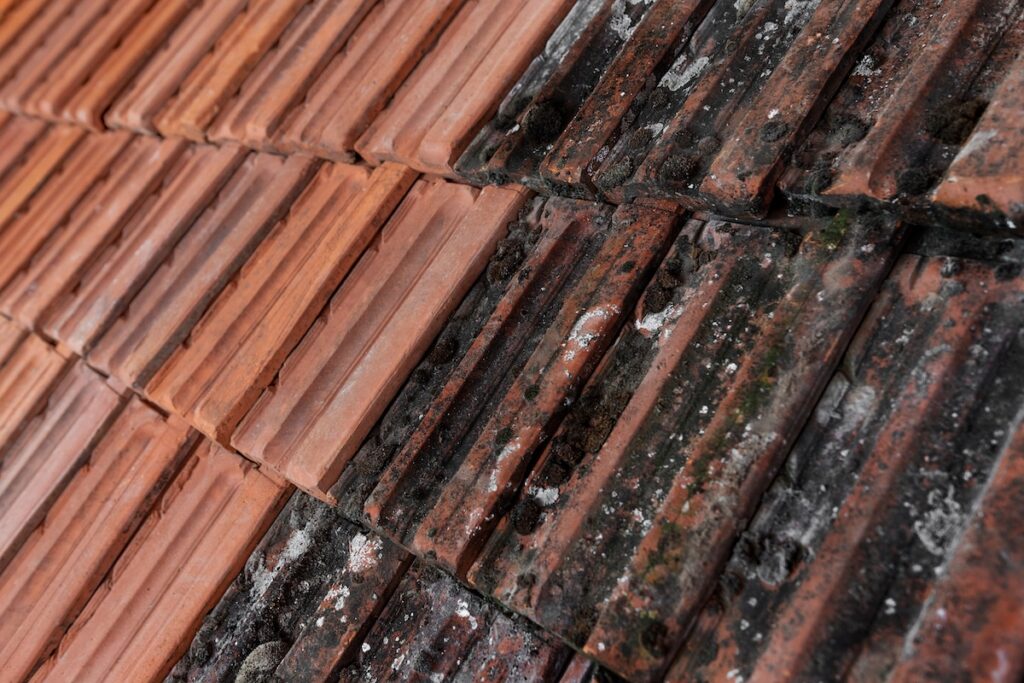
Key Causes of Mold on Roof Shingles
Several factors increase the likelihood of mold developing on your shingles.
- Poor drainage: Clogged gutters or improper roof slope can cause standing water.
- Excess shade: Overhanging trees create damp, shaded areas mold loves.
- High humidity: Warm, moist climates provide ideal mold conditions.
- Debris buildup: Leaves, branches, and pollen trap moisture against shingles.
- Inadequate ventilation: Attics that don’t breathe properly encourage moisture buildup.
- Old roofing material: Aging shingles become more porous, making them susceptible to mold.
How Mold Affects Your Roof
The presence of mold is more than just a cosmetic problem.
Weakening Shingles
Mold breaks down the protective granules on asphalt shingles. This leaves the surface more vulnerable to sun damage, water penetration, and general wear, shortening the roof’s lifespan.
Spreading Damage
Mold spreads quickly across damp surfaces. What starts as a small patch can cover an entire roof section within months if ignored, increasing the risk of leaks and structural damage.
Lower Property Value
Dark, moldy streaks give the impression of poor maintenance. Potential buyers may assume the roof is in worse shape than it really is, reducing your home’s resale value.
6 Signs of Mold Growth on Roof Shingles
If you’re unsure whether your roof has mold, watch for these clear indicators:
- Black streaks or patches: The most common sign of mold growth.
- Uneven discoloration: Areas under shade often look darker than the rest of the roof.
- Green or brown spots: Indicate mold mixed with algae or moss.
- Musty odor in attic: Suggests mold is spreading inside your home.
- Deteriorating shingles: Weak or brittle shingles may point to hidden mold damage.
- Frequent leaks: Mold often coincides with water infiltration issues.
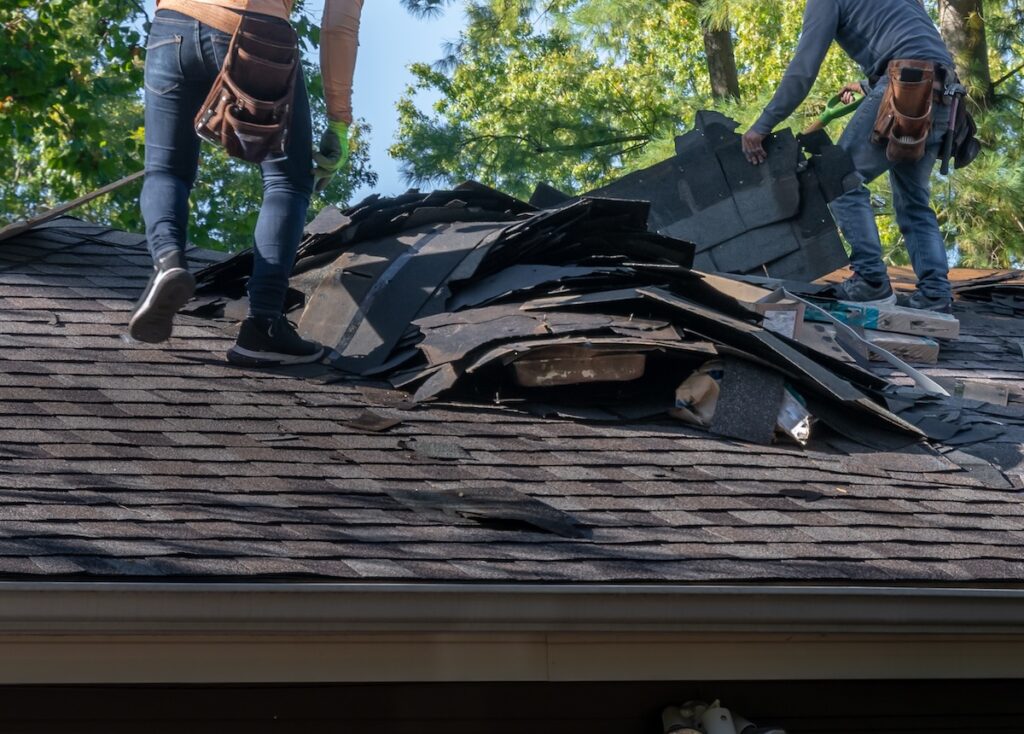
Inspection Tips for Detecting Roof Mold
Early detection makes mold much easier to control. Here’s how to inspect your roof effectively.
Start With a Ground-Level Check
Walk around your home and look for visible streaks, dark stains, or discoloration. Use binoculars if needed to examine higher sections of the roof safely.
Examine Gutters and Downspouts
Mold often clings to organic matter stuck in gutters. If your gutters are clogged with leaves and you see black streaks on the edges, mold may already be spreading onto your roof.
Check the Attic
A musty smell, damp insulation, or visible dark spots in your attic may indicate mold growth on the underside of shingles.
Schedule Professional Inspections
A roofing professional has the training and equipment to identify mold accurately. They can check hidden areas, evaluate ventilation, and recommend solutions tailored to your roof’s needs.
How to Prevent Mold on Roof Shingles
Prevention is always more effective and affordable than repair.
- Trim trees regularly: Allow more sunlight to reach your roof, reducing dampness.
- Clean gutters often: Prevents water from backing up and creating moist conditions.
- Remove roof debris: Sweep off leaves, twigs, and other materials that trap moisture.
- Install zinc or copper strips: These metals release particles that naturally inhibit mold growth.
- Improve attic ventilation: Proper airflow reduces humidity and keeps the roof drier.
- Schedule roof cleanings: Professional cleanings remove mold safely without damaging shingles.
Why DIY Mold Removal Can Be Risky
While some homeowners try to tackle mold removal themselves, using pressure washers or harsh chemicals often does more harm than good. High-pressure washing strips protective granules off shingles, while bleach and other chemicals can damage plants, siding, and roofing materials. Professional roofers use gentle yet effective cleaning solutions and methods designed specifically for roofing systems.
When to Replace Mold-Damaged Shingles
If mold has caused significant deterioration, replacement may be the only solution.
- Widespread mold: When most of the roof surface is affected, cleaning isn’t enough.
- Weakened shingles: Shingles that have lost granules or turned brittle require replacement.
- Persistent leaks: Frequent water intrusion is a sign the roof’s integrity has been compromised.
In these cases, a professional inspection will determine whether partial or full roof replacement is needed.
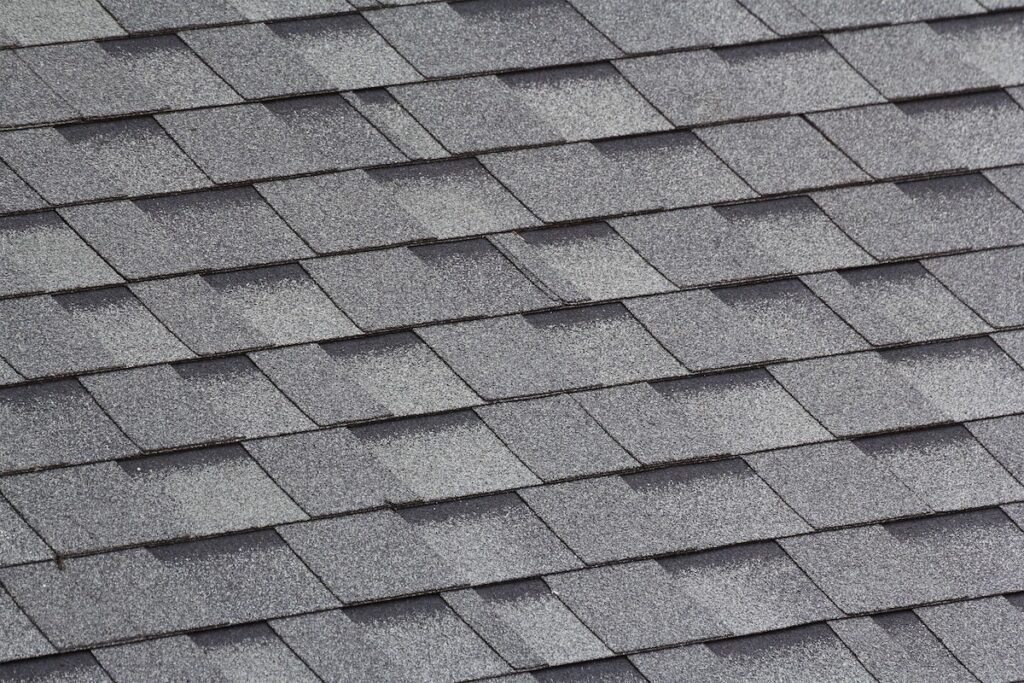
Keep Your Roof Mold-Free With G. Cannon
Knowing what causes mold on roof shingles helps homeowners take the right steps to prevent damage. Mold thrives where moisture and shade meet, but with proper inspections, ventilation, and maintenance, you can keep your roof looking clean and lasting longer.
For homeowners in Glenside and surrounding areas, G. Cannon is the trusted choice for roof repair and replacement services. Our expert team can inspect your roof, identify mold-related issues, and recommend lasting solutions.
Contact G. Cannon today for a free estimate and keep your roof protected year-round.
